Affairs / USA
Ready for the reawakening
Once a paradigm of how a failing metropolis could be turned around, New York appears to be backsliding towards the bad old days of violent crime, crumbling services and perilous subways. We meet the residents determined to get their city back on track – and unpack what the headline-making numbers really mean.
While smaller US cities from Bozeman to Boulder and Nashville to Asheville are booming and vibrant, the country’s major metropolises are in trouble. Crime rates are up, the homelessness crisis is unchecked, the working-from-home movement has left public transport underfunded and civic leaders are struggling to turn the tide. So who can fix the great American city? In New York, we meet the people determined to have a go.

Crime
In January, a Deloitte consultant died after being pushed in front of a train at Times Square-42nd Street subway station. Then in April, Frank James opened fire on commuters in Brooklyn, hitting 10 people (though killing no one). A month later, a Goldman Sachs employee was shot and killed while taking the train to brunch. In the year to July 2022, overall crime in New York was up 31 per cent, including a 34 per cent spike in murders, a 13 per cent increase in shootings and a 37 per cent jump in robberies. Petty theft and “nuisance” offences, such as dodging subway fares, have always been a staple of city life, but the particularly violent and starkly high-profile nature of these stories have once again made crime a hot topic among New Yorkers.
Though it’s of little help to the victims, supporters of New York point out that today’s violent crime rates are nowhere near the peaks of the 1980s and 1990s. “New York is still the safest large metropolitan area [cities with populations over 1.5 million] in the entire country,” Elizabeth Glazer, a former prosecutor who led the Mayor’s Office of Criminal Justice before founding the new safety-focused think-tank Vital City. Perhaps, but if you didn’t live through those years and your news feed is dominated by crime reports, then you will both see New York as dangerous and demand change (or wonder whether life in Nashville or Boulder would be more to your liking).
But why have the numbers risen at all? Deciphering crime statistics in real time is difficult but there are some clues. For example, the pandemic saw a huge increase in homelessness, particularly among the mentally ill. Municipal mental-health facilities were closed to stop the spread of coronavirus, with many patients being cast onto the street or housed in empty hotels (many of which were in residential districts, placing the formerly institutionalised directly alongside families and raising crime fears). Since then, mentally ill people have been linked to some of the city’s most high-profile murders, such as the killing of Michelle Go in early 2022 by Martial Simon, a man with a well-documented history of mental illness.
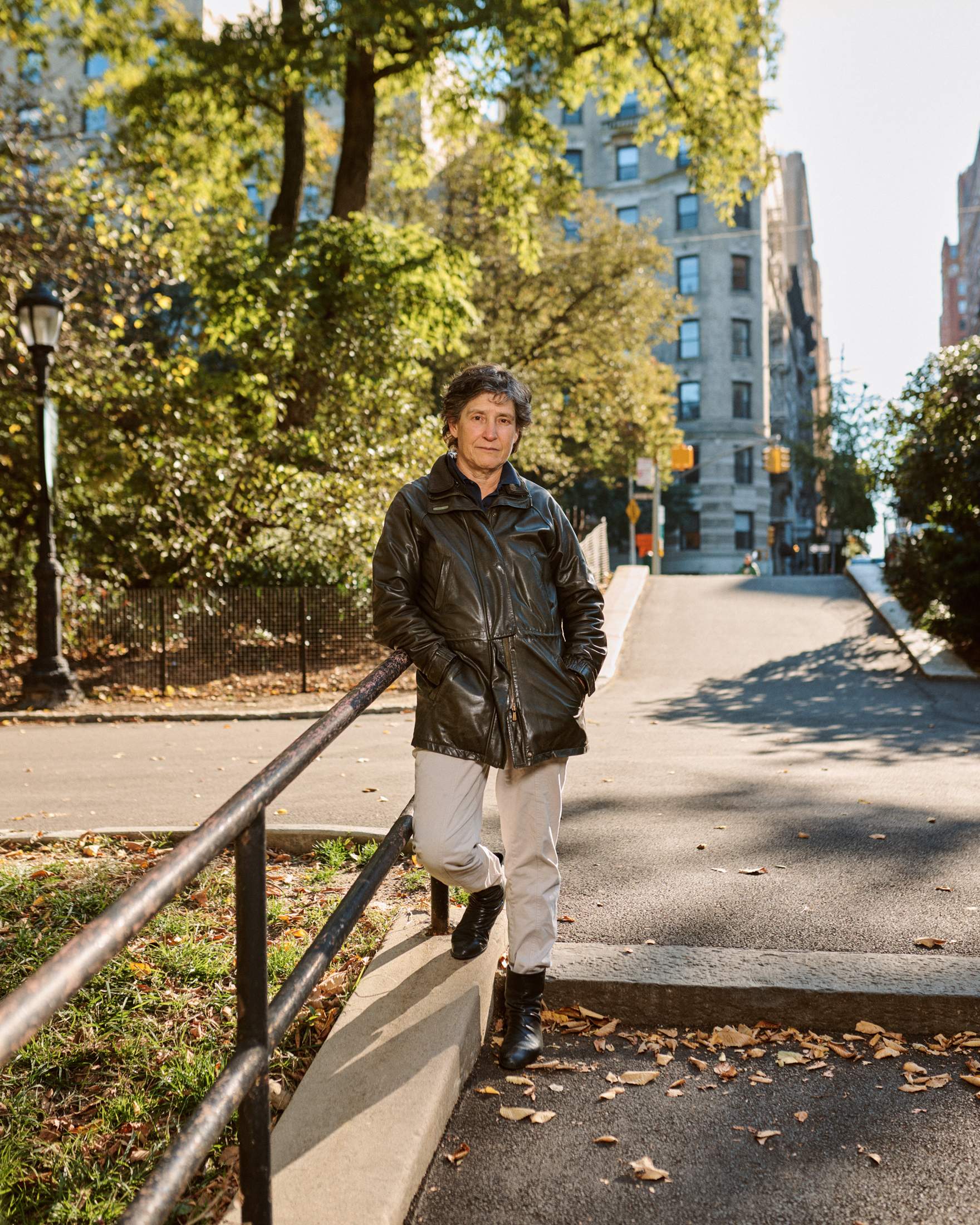
Elizabeth Glazer: “We need to focus on the handful of neighbourhoods that are driving these increases”
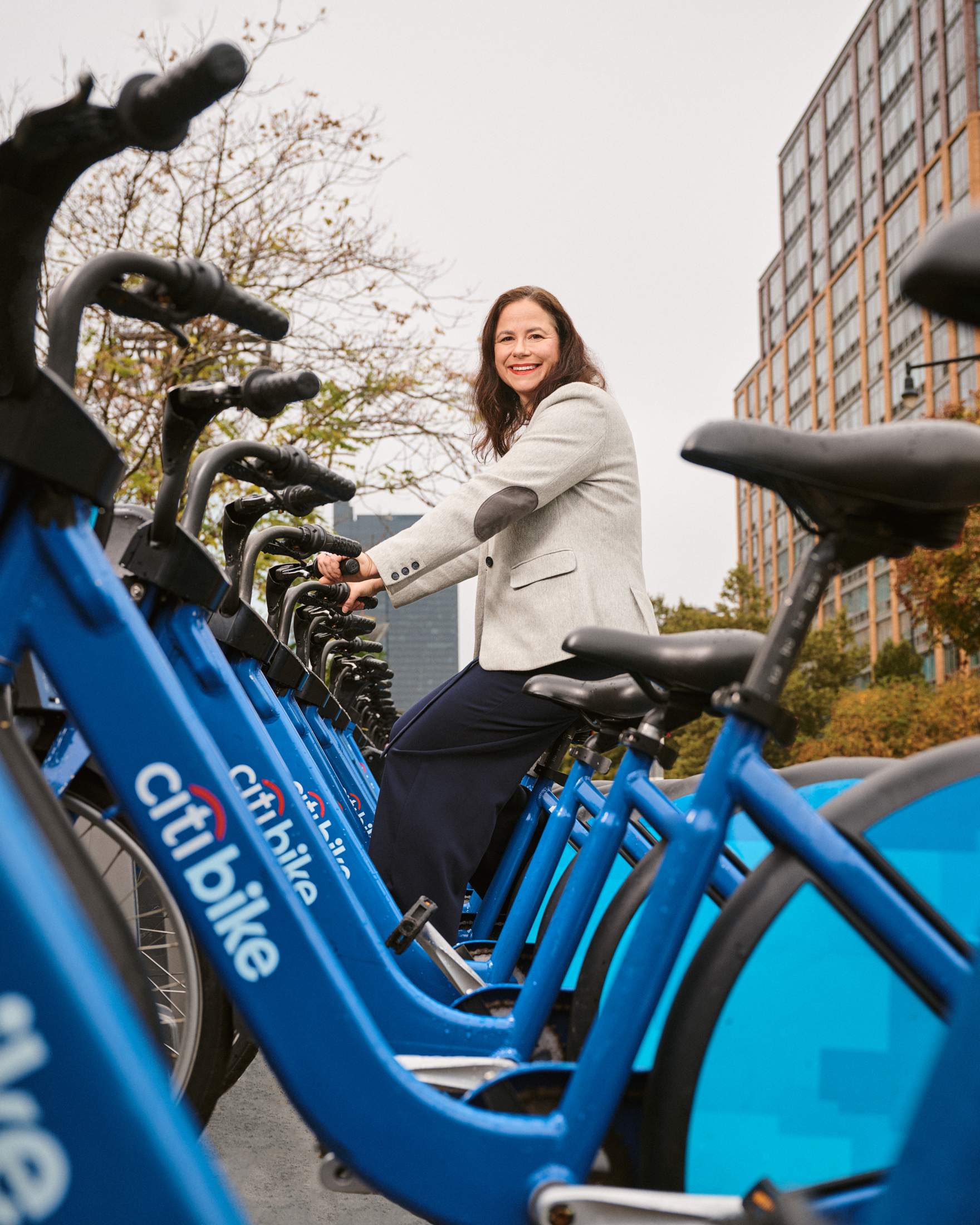
Sarah M Kaufman: “We risk losing much-needed federal funding if we don’t make up those metrics.”
New York state has seen a significant reduction in psychiatric hospital beds since 2014, a problem compounded by the municipal decision to expel in-patients in 2020. Responding to public anger, new state governor Kathy Hochul, who replaced the disgraced Andrew Cuomo in 2021, announced a more than $800m (€803m) infusion of funds into the state Office of Mental Health, bringing its total budget to $4.7bn (€4.7bn). This includes $10m (€10m) towards addressing staffing shortages at psychiatric institutes. It’s a good start, and Hochul seems more attuned to the issue than Cuomo, whose catastrophic Transformation Plan ushered in many of the budget cuts that have left services depleted, but funding must continue to rise if the city is to provide help for its mentally ill residents and get a grip on rising crime.
Then there is policing. Under former mayor Michael Bloomberg, stop-and-search was used to target even low-level offenders. Many believe it worked in keeping the city safe and there are calls in some quarters for its return. But the policy was also seen to overly target people of colour and, in the wake of Black Lives Matter, few politicians risked championing the move, particularly former mayor Bill de Blasio, who has a black wife and children, and initially campaigned on ending the policy in 2013.
But then came current mayor Eric Adams, who took office in January 2022 with high hopes, releasing a plan to end gun violence during the first weeks of his administration. Adams, who is black and spent more than 20 years in the nypd, has taken a far-less-restrained stance when it comes to crime. Embracing a tone that no white politician would dare, he has repeatedly (and rightly) called on New Yorkers of colour to demand an end to the violence coursing through their communities.
“There is simply more chance that criminals will be identified when the lights are on”
While there are signs that violent crimes are starting to fall, thanks to progressive criminal-reform laws enacted just before the pandemic, there are more violent offenders on New York’s streets than ever. Pushed through by heavily Democratic state and city leaders, the reforms are now being challenged by more moderate Democrats who came into office earlier this year, including Mayor Adams. In a state that is so heavily Democrat, getting the more centrist and extreme wings of the party unified around a crime-reduction plan will be an essential component of any long-term solution.
But while Adams might rightly believe that the issue is being exaggerated by the media, he has also responded by embracing more aggressive policing, such as cracking down on public drinking and urination, a move that could be seen as delivering a version of stop-and-search that may placate his increasingly anxious constituents.
Yet even with the perception-vs-reality caveat, nobody wants to live with this level of crime. So what can be done? Rather than a return to heavy-handedness, Elizabeth Glazer recommends policies that increase safety without the need for major intervention. A recent pilot study that boosted street lighting in 40 New York housing projects, for instance, resulted in “sizeable reductions in night-time outdoor crimes [of serious theft or violence]”. “Very simply, there is far more chance that criminals will be identified when the lights are on,” says Glazer. Meanwhile, a Philadelphia experiment involving the “greening over” of vacant lots saw a reduction in shootings of almost 10 per cent in nearby communities. Additional efforts, such as increasing summer youth-employment programmes or even boosting algebra instruction for high schoolers, she adds, have proven to directly reduce the potential for long-term criminality in high-poverty communities. “We need to focus on the handful of neighbourhoods that are driving these increases,” says Glazer. With most of these crimes taking place in African-American and Hispanic communities, targeted interventions have never been more urgent.
But these are slow-burn policies and, even if the media is partly to blame for stoking fears, many New Yorkers believe that their city is dangerous and have the stories to back it up. Unless that changes, the city will continue to lose talent and the wealth that brings in its wake. So is there a crime crisis? Yes – if the city’s residents believe there is.
Transport
“The subway is the lifeblood of New York,” says Sarah M Kaufman, interim executive director of New York University’s Rudin Center for Transportation and an adjunct associate professor of urban planning. Nearly three years after the arrival of coronavirus, subway ridership rates hover in the 70 per cent range compared with pre-pandemic levels and below the figure that Kaufman says is needed to ensure the service’s long-term viability. The most obvious people missing are office workers: barely 50 per cent have returned to their desks in some form and fewer than 10 per cent are back full-time.
Fewer riders means less funding for a network that was already contending with a $510m (€512m) deficit before the pandemic – a number which has now ballooned to a projected $2.5bn (€2.5bn) by 2025. Crucial funding is “ridership-based”, says Kaufman. “We risk losing much-needed federal funding if we don’t make up those metrics.” Amid the cost crunch, Kaufman says that the Metropolitan Transportation Authority (mta), which runs the city’s trains and buses, must figure out how to boost frequency to help restore confidence. Even though ridership numbers are low, you wouldn’t know it standing on the platform at Canal Street during rush hour. Due to low frequencies, train after packed train rolls past with little space to board. In September, transport-advocacy group Riders Alliance launched the new #6MinuteService scheme that advocates for buses and trains to arrive every six minutes – rather than the 15-minute waits now common. More trains and buses, the alliance contends, would help to entice riders back. While an increase in transport police, Kaufman adds, would counter the rise in subway-related crimes, which also puts riders off returning.
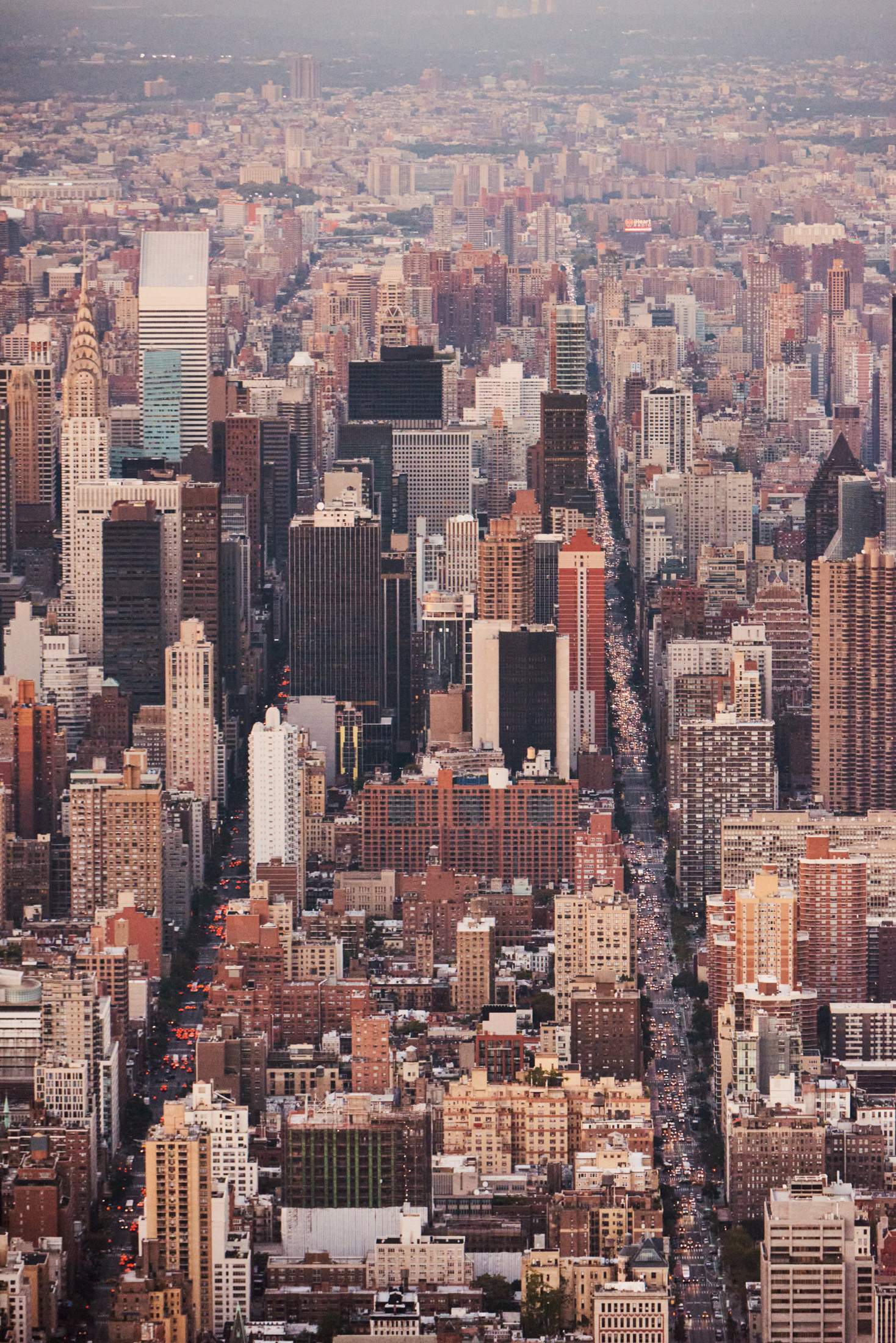
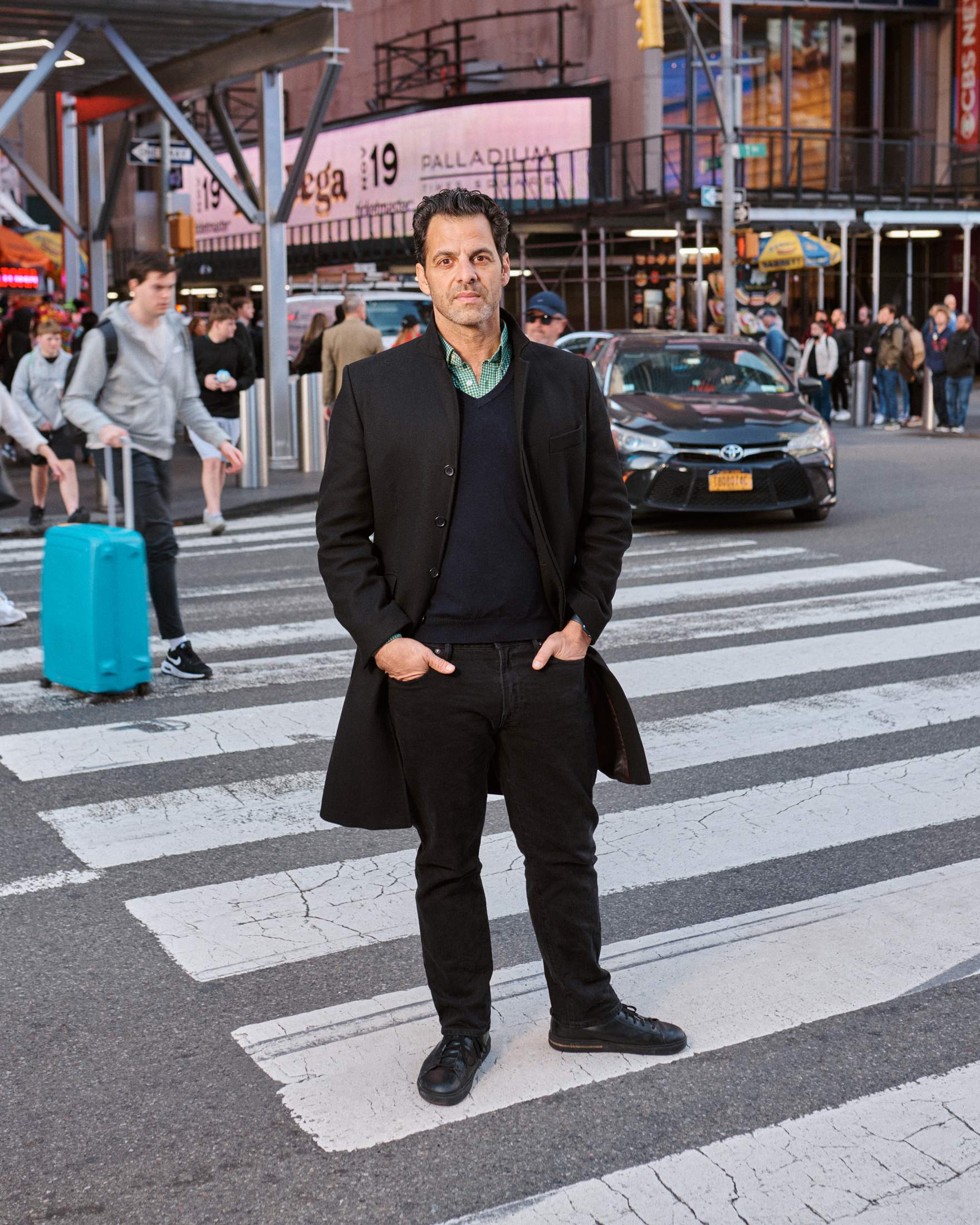
Danny Harris: “New York has the lowest car-ownership rates of any US city.”
Danny Harris, executive director of the non-profit Transportation Alternatives (TA), says the real solution to New York’s transport woes lies as much with cars as trains. “New York has the lowest car-ownership rates of any US city,” he says, yet some 76 per cent of pavements and streets have been handed over to automobiles. Led by Harris and TA, a broad coalition of more than 200 citywide public and private-sector groups launched nyc 25x25 last year, which seeks to transform 25 per cent of overall “street spaces” to better use by 2025. The plan, which includes 800km of secure bike paths and 800km of dedicated bike lanes, takes its cues from the car-free months of the early pandemic, when air pollution and traffic hit record lows.
Reclaiming public space, Harris says, can literally make the city happier and healthier. “We have some of the slowest buses in the nation, which means longer commute times and effects people’s incomes and their ability to move out of poverty,” he adds. It is a noble sentiment but car owners (whose number rose during the pandemic) must be brought along for the ride to help put a stop to often-gridlocked roads and bridges. The most obvious way to do this is by improving efficiency and safety on public transport. But Harris insists that it’s also about communication. “People need to understand that it’s all connected,” he says. “For too long the city has made us compete for crumbs. But these are all shared assets and those seeking better bike lanes or buses must stop fighting each other.”
Housing
It’s hard to believe that barely two years ago, New York’s landlords were practically begging tenants to renew their leases. More than 10 per cent of apartments were empty at pandemic’s height in Manhattan, the borough that saw the largest exodus. With sales in places such as Manhattan falling by more than 50 per cent, New York’s housing market felt as though it was primed for lasting change. But that was not the case. Just as quickly as folks left, they began to return and in August the median monthly rent in Manhattan hit an all-time high of $5,246 (€5,268), up 28 per cent from the same period in 2021. There is a shortage of affordable homes for low and middle-income earners.
“We are simply not building enough,” says Pierina Ana Sanchez, a member of New York City Council’s Committee on Public Housing. According to her, the city produced far fewer houses over the past decade than in the decade before. Today, New York’s housing deficit is so deep that new builds would have to double in order for supply to keep up with demand. “Sadly, this is not the direction we are heading in,” says Sanchez. So what can increase housing options, particularly those that are affordable? Political will for one thing, which appears to have arrived with the new mayor, who has relaxed planning laws, and council members, who have approved a number of new developments. Newcomer Tiffany Cabán, for example, voted in September to approve a 1,400-unit development in her Queens district, of which 45 per cent is earmarked as “affordable”. These units will certainly be welcome but making housing truly “affordable” will only happen when below-market rate units are built in the hundreds of thousands, rather than merely thousands.
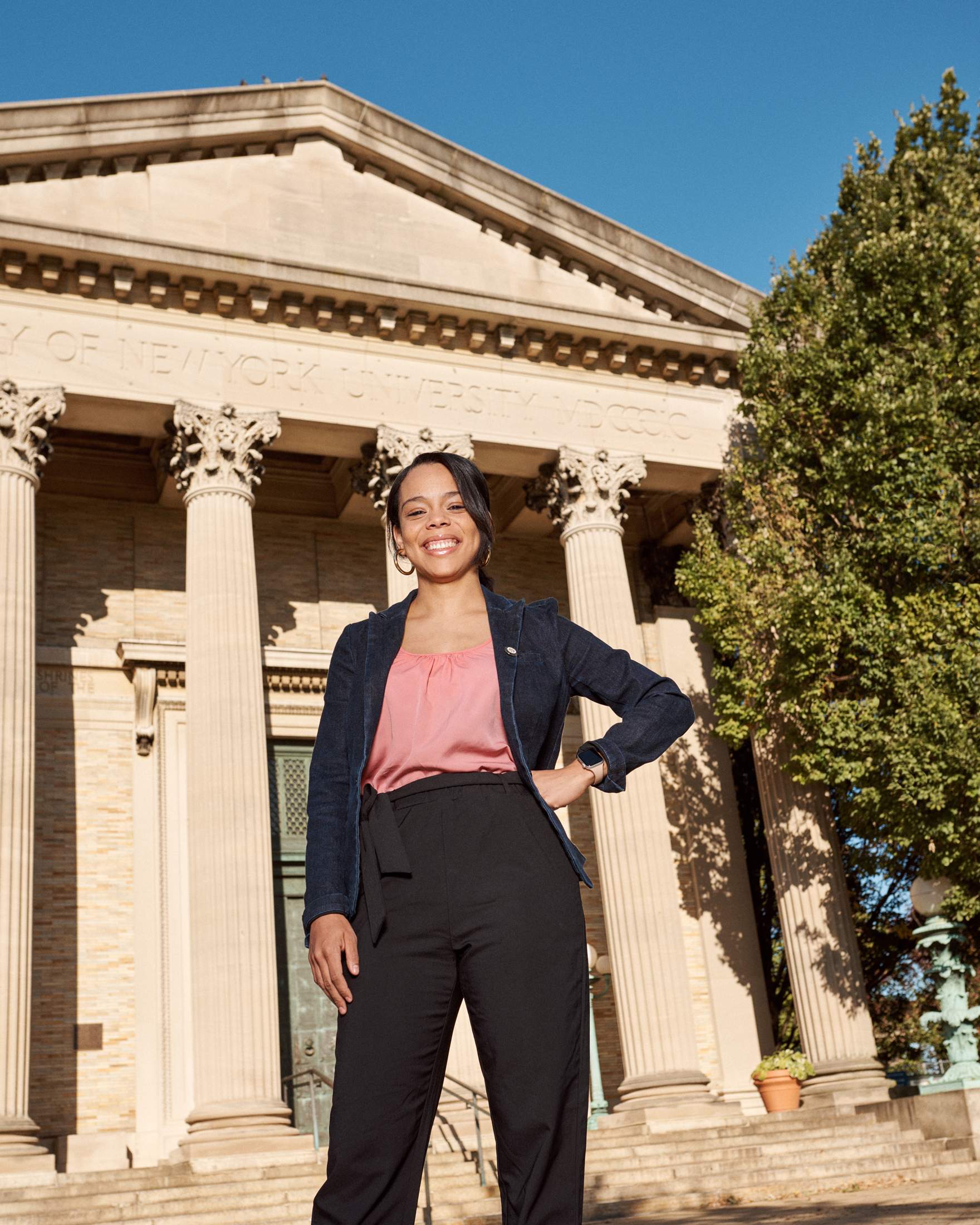
Pierina Ana Sanchez: “We are simply not building enough.”
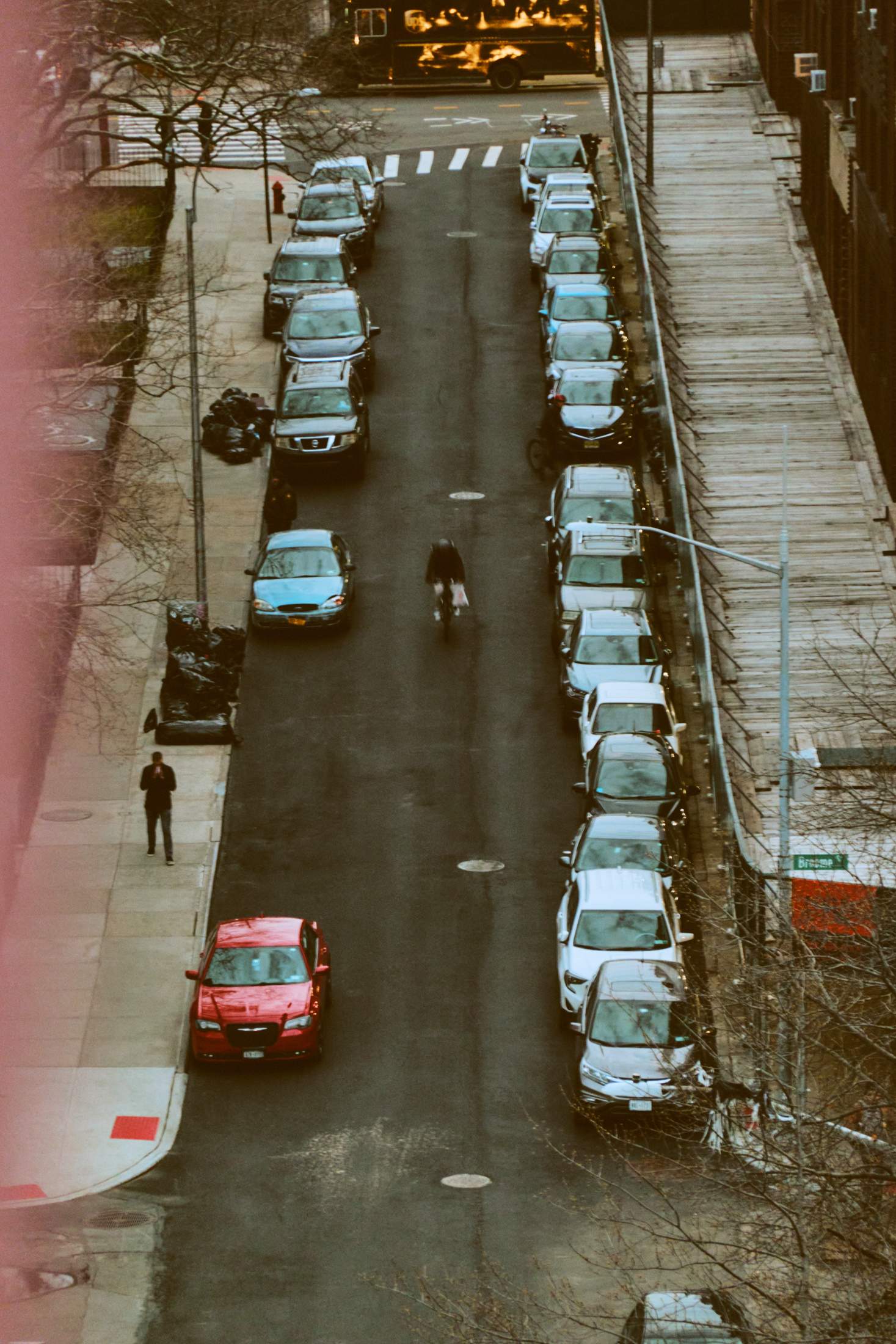
While those such as Sanchez and Cabán welcome new developments, grassroots advocates including Arif Ullah, executive director of South Bronx Unite, are touting even more radical schemes. For Ullah, the goal is “deep and permanent” affordable housing. And to get there, he’s focused on non-profit Community Land Trust (clt) schemes, which own land on behalf of communities to keep new and existing housing as equitable and affordable as possible. The trusts typically own land that they provide to tenants via 99-year leases. Though still relatively unknown, New York’s 15 clt groups received about $1.5m (€1.5m) in city funding last year – and have asked for twice that amount next year. Ullah says that activists are working on legislation that would require city agencies to offer trusts first right of refusal when city-owned land hits the market. “clts have different motivators and objectives than traditional developers,” says Ullah. “They want to create housing that’s sustainable and affordable, and not simply maximise profit.”
Both necessary and ambitious, clts would help to solve the housing challenges of New York’s lowest earners. As for everyone else, doubling down on existing rent-control and rent-stabilisation policies would probably make the most immediate (and long-lasting) impact. With regulated and controlled apartments slated for an increase in 2023, this could become a key political battle. In the meantime, spurred by the new administration’s more development-friendly approach, New York might finally begin approving projects large enough to make a dent in the housing deficit. Post-industrial areas in places such as the South Bronx could and should be the beneficiaries.
Culture
Few industries were hit harder by coronavirus than culture. In the first 15 months of the pandemic, New York saw half of its culture-related jobs disappear and nearly $1bn (€1bn) in culture-sector income lost. Unemployment claims by artists skyrocketed by more than 1,200 per cent in 2020, almost twice the citywide average. Today, some 20,000 arts-related jobs have yet to return, according to the New York City Comptroller’s Office – more than in finance, education and manufacturing.
But there is good news. While a handful of smaller museums – such as the Met Breuer and 9/11 Tribute Museum – were forced to permanently shut, most cultural institutions are still standing, and many are actually expanding even as the tourists needed to fill them have yet to fully return. In 2019 nearly 67 million tourists visited New York; that figure plummeted to 33 million in 2021 and 22 million in 2020, with 56 million expected to arrive in 2022 as the sector partially recovers. These tourists are the engine for nearly every element of New York’s cultural offering, from museums and Broadway shows to comedy clubs, that makes the city the centre for artistic movements worldwide.
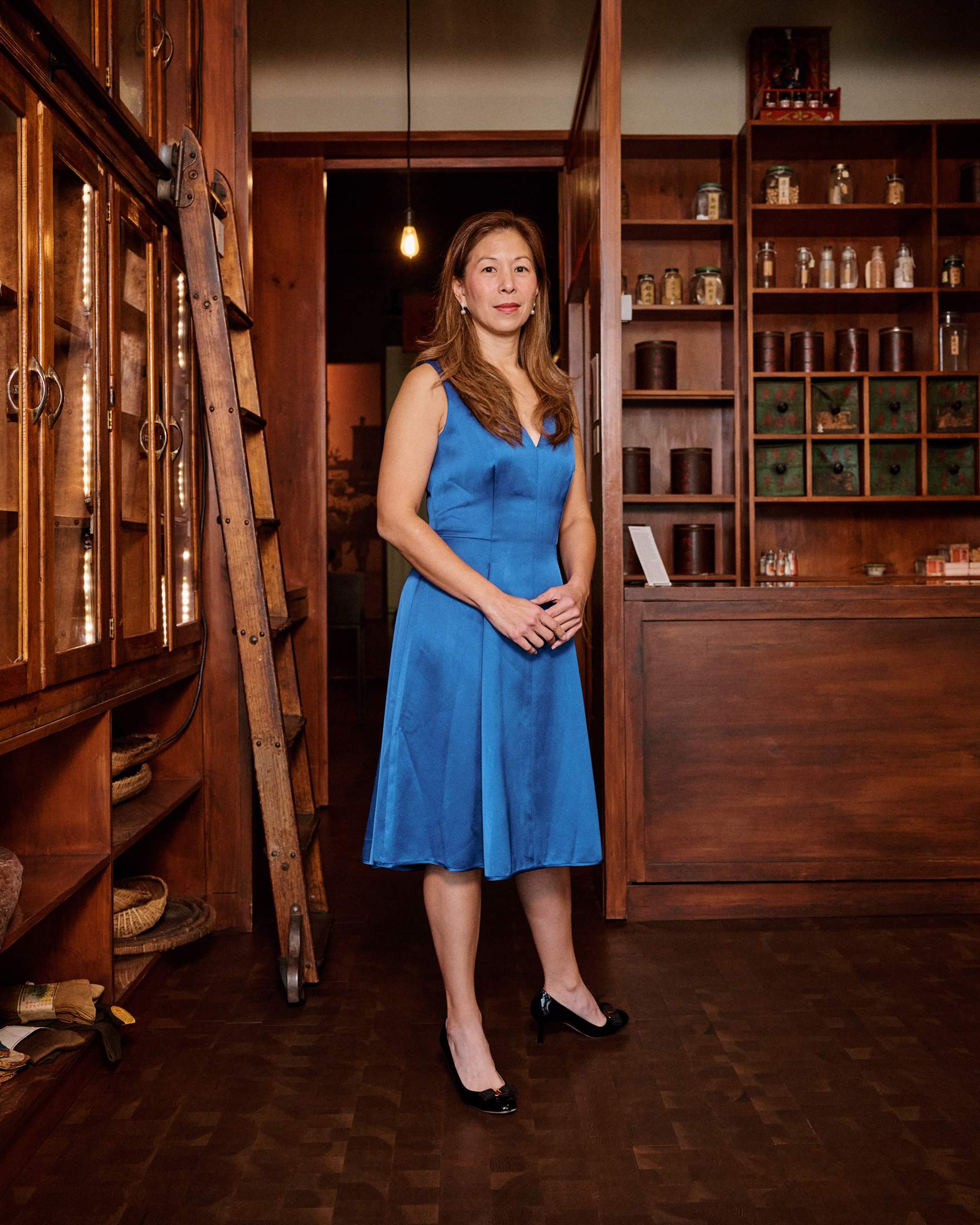
Nancy Yao Maasbach: “We created a mechanism to empower people through their own experiences.”
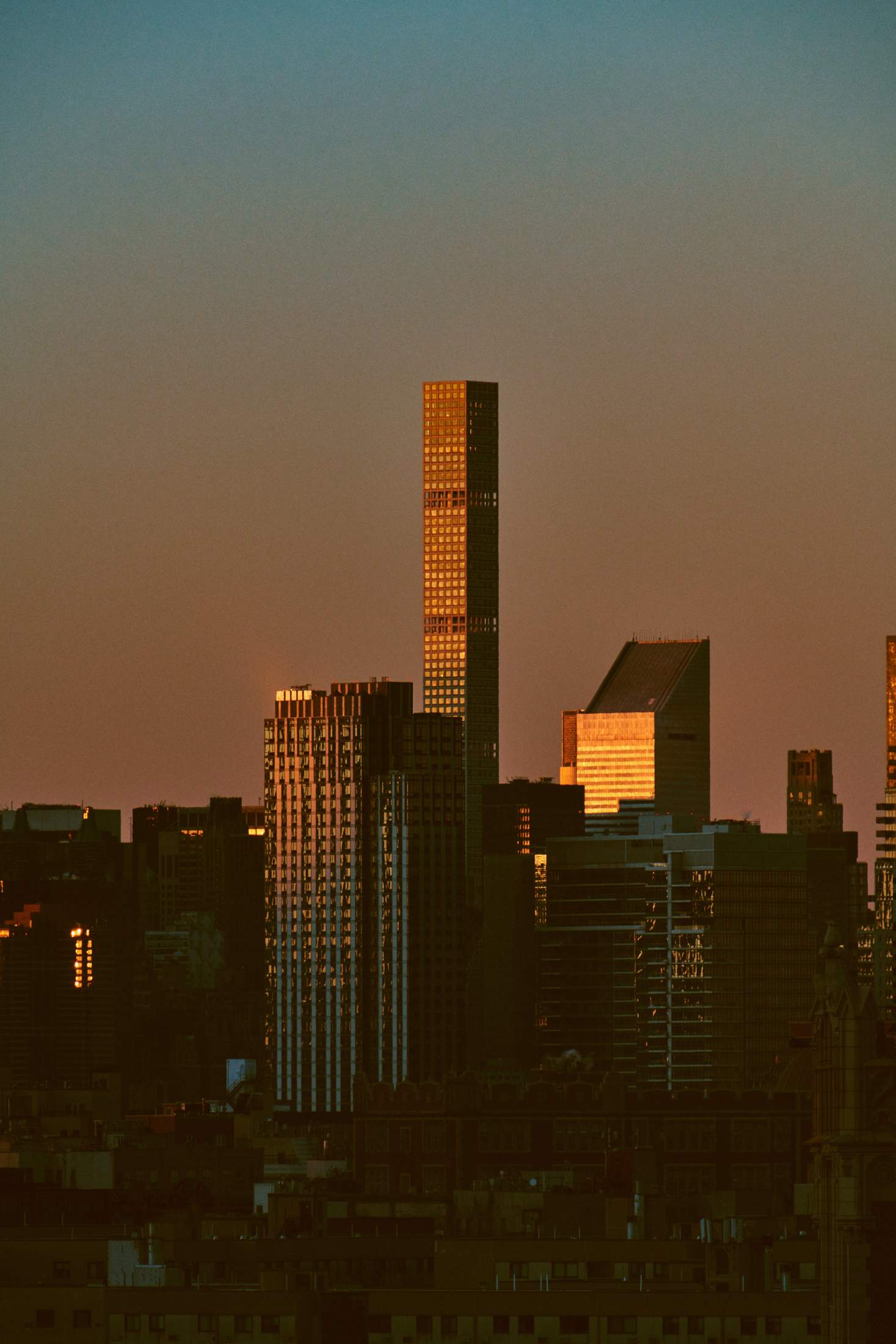
“Lack of tourism put a lot of pressure on smaller institutions,” says Nancy Yao Maasbach, the president of the Museum of Chinese in America (moca). But with more modest budgets, sizes and staff, museums such as moca were able to pivot over the lockdown. During the recent spike in anti-Asian crime, the museum developed an oral-history programme to record the experiences of hundreds of Asian-Americans who had endured instances of hate. “We created a mechanism to empower people through their own experiences,” says Maasbach. Its importance to New York’s 800,000-strong Chinese-American community was rewarded with a new building designed by the architect Maya Lin. Once completed, it will expand moca’s footprint from 11,500 sq m to 68,000 sq m at a cost of $118m (€118m) and lure an anticipated 300,000 visitors a year.
Culture as community-builder: this is the way forward for struggling arts institutions in New York to have a lasting impact on visitors from near and far. In the Meatpacking District, a new “pedestrian oasis” scheme, which prioritises foot traffic and public transport, has helped to complete the area’s transformation from gritty to glam (without feeling exclusionary) and opened up its many art galleries to more visitors. “The pandemic really laid bare the struggles of the city,” says Jeffrey LeFrancois, executive director of the Meatpacking District. Its Business Improvement District was one of the first neighbourhoods to reintroduce comprehensive cultural programming during the pandemic. “But we’ve come a long way toward making the city safe, comfortable and how New Yorkers want it to be.”
Work
Even the most casual observer feels their absence. “They” are the office workers, the cornerstone of New York’s economy, many of whom remain at home, leaving skyscrapers empty and the small businesses who rely on their occupants struggling to remain solvent. According to the New York City Comptroller’s Office, some 21 per cent of offices here remain vacant – almost double the pre-pandemic levels. Those vacancies could translate into a nearly $45bn (€45.2bn) loss in the long-term value of the city’s office space, further imperilling businesses. While the US as a whole has finally regained all of the jobs that it lost during the pandemic, New York remains nearly 20 per cent below early 2020 levels.
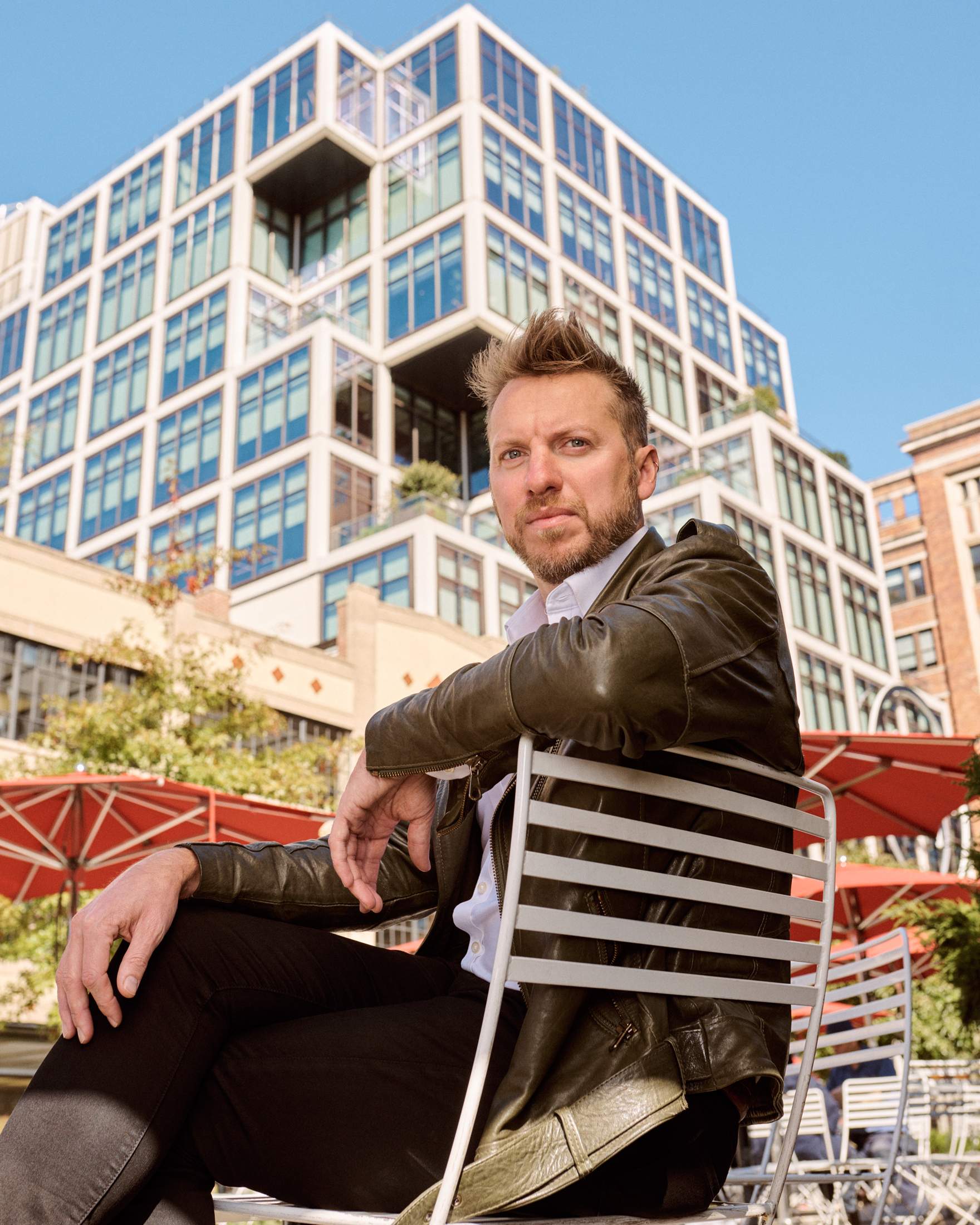
Jeffrey LeFrancois: “We’ve come a long way toward making the city safe, comfortable and how New Yorkers want it to be.”

Jason Myles Clark: “We have seen very clearly how the technology sector has helped to keep New York afloat.”
“The biggest challenge here is one of job growth,” says Jason Myles Clark, executive director of Tech:nyc. The advocacy group, which includes members such as Facebook, Google and Bloomberg, works to promote growth in the city’s technology sector. Clark says that cultivating a “robust pipeline of tech jobs” is one of the keys to creating that growth. Indeed, technology is credited with helping to sustain the city through the pandemic downturn, with jobs in the industry here having grown by 30 per cent over the past five years, according to the New York State Comptroller’s Office. While total private sector employment fell by 12.6 per cent during the pandemic, tech-worker numbers actually grew. There are now nearly 173,000 in New York, a figure second only to Silicon Valley. And their average salaries – at nearly $229,000 (€230,000), about double those of other private-sector workers – will be integral in helping plug the deficit left by the 300,000 people who have packed up and left the city since 2020, and collectively contributed about $21bn (€21bn) in tax revenue. “We have seen very clearly how the technology sector has helped to keep New York afloat,” says Clark.
Although technology companies remain major players in commercial-property leasing, sector giants such as Meta and Amazon have begun pulling back on prime office space as threats of recession loom. Meta, for instance, ended a 185,800 sq m lease on Park Avenue in October 2022; Amazon announced a hiring freeze in its retail business. Put together, the sector might be key to job growth but it won’t necessarily grow jobs that fill empty offices. In the meantime, analysts have suggested everything from new hotels to housing replacing (or repurposing) moribund commercial space. Close to Wall Street, the glass-and-steel 55 Wall Street tower – currently one-third unoccupied – will be converted into 571 apartments. It is the first of many potential conversions as both Mayor Adams and the New York Senate move to introduce legislation that will spur office-to-housing projects, particularly those that prioritise affordable housing.
Still, even the most innovative redevelopment schemes won’t bring back workers who don’t want to be back. But as the economy contracts and recruitment freezes, back-to-work might suddenly become popular if it’s the only way for folks to keep their jobs. There’s a type of catalytic creativity that only takes place when people interact face-to-face. Workers past Gen-Z age have benefitted from it for decades; the trick will be convincing the workplace’s newest arrivals, who have never experienced it before. Forcing workers into offices is already becoming an inevitable start in this process – penalising those who resist could become an equally inevitable alternative.
Monocle comment
New York remains scarred by a pandemic that substantially reduced its tax base and displaced hundreds of thousands of residents. The city’s public spaces can feel less safe than they did, which is as bad for the morale of its residents as it is for long-term investment. Worst of all, grimy street scenes keep folks hiding high above in glassy towers, which further erodes one of the aspects of New York that has made it great: its rich street life.
“The mayor has yet to prove himself as special as the city he is tasked with saving”
Extraordinary times call for extraordinary leadership, and though he is beginning to make the right noises, Mayor Adams has yet to prove himself as special as the city he is tasked with saving. Constantly photographed at private clubs and posh restaurants, he has managed to cultivate something of an out-of-touch aura. No one wants him to stay cooped up at his official residence, Gracie Mansion, but if he wants to remain in office longer than New York’s first black mayor, the one-term David Dinkins, he could do without another paparazzi shot alongside Anna Wintour.
About the writer: Kaufman is a New York-based writer and editor who regularly contributes to The New York Times, The Financial Times and the New York Post. San Francisco-born and bred, he is happiest hanging out with his six-year-old twins.


